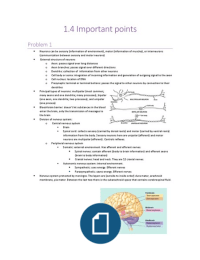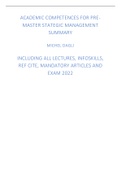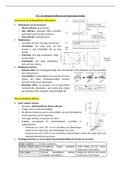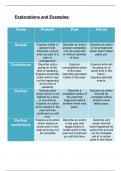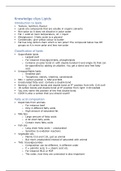Economics of the European Union
Harald Benink, 2020, Global Bank Capital and Liquidity after 30 years of
Basel Accords - Summary
Abstract: In this paper we analyze the effectiveness of more than 30 years of efforts by
international banking supervisors, working together in the Basel Committee on Banking
Supervision, to harmonize capital and liquidity standards for internationally active banks.
Notwithstanding the great efforts and progress made by international banking supervisors
since the nancial crisis of 2007–2009, two important issues require further attention. First,
although bank capital ratios have been raised signi cantly since the recent nancial crisis,
they are still at historically low levels. In a world in which global debt ratios have risen even
further during the past decade, this is a worrying signal of fragility in the global nancial
system. Second, bank liquidity requirements may have become too complex and could
also have unintented and unpredictable interaction effects with bank capital requirements.
1. Introductio
The debate on bank capital and liquidity is an old one, but obtained new momentum after the
Great Financial Crisis (GFC) of 2007-2009.
→ During the GFC, many banks in Europe and the US received unprecedented levels of
liquidity and capital support from central banks and governments in order to avoid bank runs
and bankruptcy.
Even though great efforts and progress have been made by International banking
supervisors since the GFC, two issues require further attention: 1) bank capital ratios are still
at historically low levels (worrying signal of fragility in the global nancial system) ; 2) bank
liquidity requirements may have become too complex and could also have unintended
interaction effects with bank capital requirements
2. The Great Financial Crisis of 2007-2009: A Solvency or Liquidity Crisis?
The GFC was the biggest banking and nancial crisis since the Great Depression in the
1930s. But was this crisis a solvency crisis or a liquidity crisis?
→ Important question because international banking regulators decided to increase bank
equity capital requirements and to introduce bank liquidity requirements as part of their
regulatory response to the crisis (Basel III Accord).
Thakor (2018) concluded that this was primarily an insolvency crisis that caused liquidity to
ee the system → proponents of the view that the GFC was a liquidity crisis reason that it
1
fl
fi n
fi
.
fi
fi
fi fi
Harald Benink, 2020, Global Bank Capital and Liquidity after 30 years of
Basel Accords - Summary
Abstract: In this paper we analyze the effectiveness of more than 30 years of efforts by
international banking supervisors, working together in the Basel Committee on Banking
Supervision, to harmonize capital and liquidity standards for internationally active banks.
Notwithstanding the great efforts and progress made by international banking supervisors
since the nancial crisis of 2007–2009, two important issues require further attention. First,
although bank capital ratios have been raised signi cantly since the recent nancial crisis,
they are still at historically low levels. In a world in which global debt ratios have risen even
further during the past decade, this is a worrying signal of fragility in the global nancial
system. Second, bank liquidity requirements may have become too complex and could
also have unintented and unpredictable interaction effects with bank capital requirements.
1. Introductio
The debate on bank capital and liquidity is an old one, but obtained new momentum after the
Great Financial Crisis (GFC) of 2007-2009.
→ During the GFC, many banks in Europe and the US received unprecedented levels of
liquidity and capital support from central banks and governments in order to avoid bank runs
and bankruptcy.
Even though great efforts and progress have been made by International banking
supervisors since the GFC, two issues require further attention: 1) bank capital ratios are still
at historically low levels (worrying signal of fragility in the global nancial system) ; 2) bank
liquidity requirements may have become too complex and could also have unintended
interaction effects with bank capital requirements
2. The Great Financial Crisis of 2007-2009: A Solvency or Liquidity Crisis?
The GFC was the biggest banking and nancial crisis since the Great Depression in the
1930s. But was this crisis a solvency crisis or a liquidity crisis?
→ Important question because international banking regulators decided to increase bank
equity capital requirements and to introduce bank liquidity requirements as part of their
regulatory response to the crisis (Basel III Accord).
Thakor (2018) concluded that this was primarily an insolvency crisis that caused liquidity to
ee the system → proponents of the view that the GFC was a liquidity crisis reason that it
1
fl
fi n
fi
.
fi
fi
fi fi



